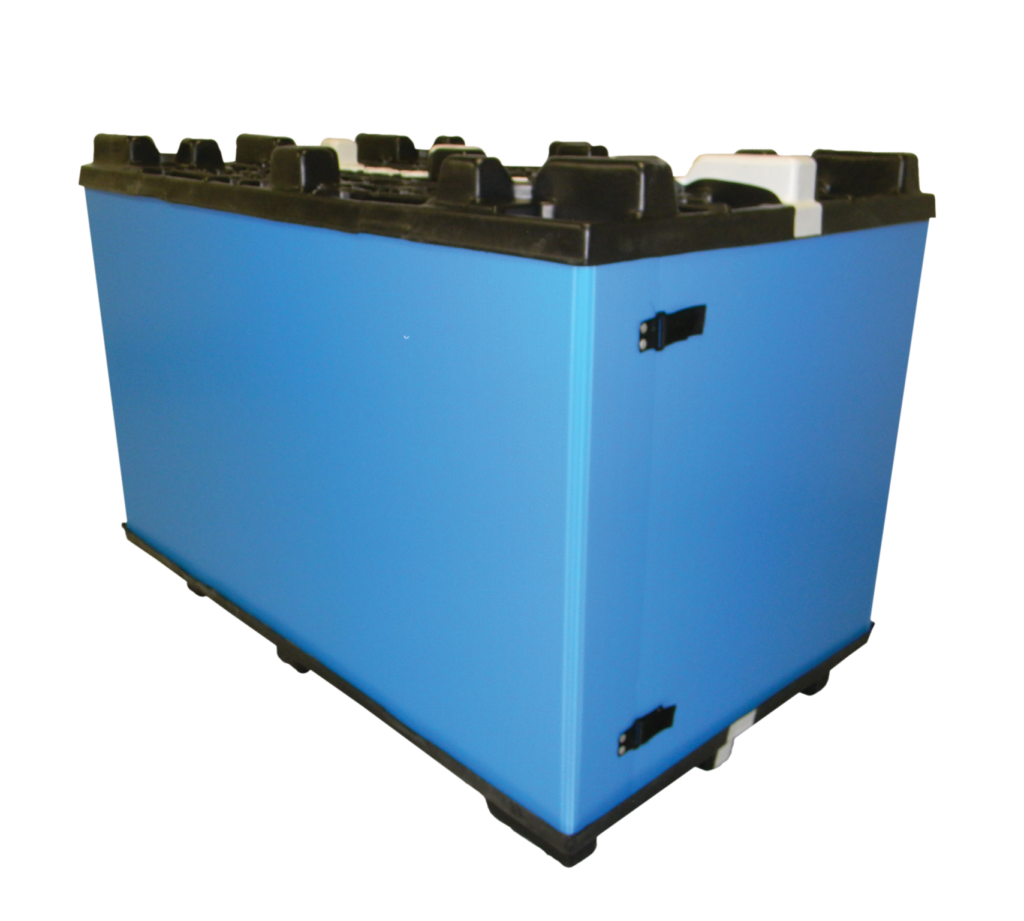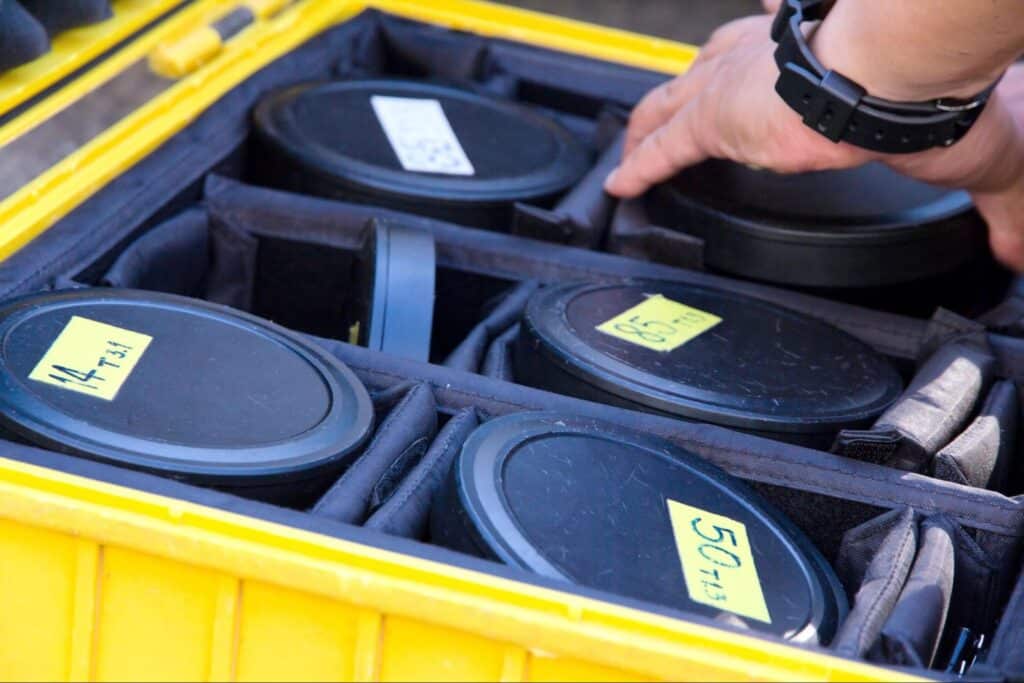Shipping products safely is a top priority for industries ranging from automotive and electronics to medical equipment and military logistics. Dunnage is essential for supporting, protecting, and stabilizing goods in transit. By reducing the risks of movement, impact, and environmental stress, dunnage minimizes product damage and promotes operational efficiency. In today’s fast-paced markets, advanced packaging solutions play a critical role in ensuring safe shipments. To learn more about best practices for moving cargo securely, see our guide on shipping products safely.
In this guide, we provide an in-depth overview of what dunnage is, key factors in selecting materials, and how specialized dunnage solutions can enhance your shipping process.
What Are Dunnage Materials?
Dunnage materials are designed to secure, cushion, and protect products during transit. They absorb shocks, reduce the risk of movement, and provide support to keep goods stable. In addition to preventing damage, dunnage can also improve handling efficiency and ensure regulatory compliance.
- Foam Packaging: Provides cushioning for fragile items.
- Corrugated Plastic: Lightweight, durable, and resistant to moisture.
- Steel Components: Offer robust support for heavy or bulky products.
Bespoke systems can be designed to meet specific product dimensions and handling requirements, offering enhanced protection compared to standard, off-the-shelf options.
Key Considerations When Selecting Dunnage Materials
Choosing the right dunnage is critical. Focus on these key factors:
1. Product Characteristics
- Weight and Size: Larger, heavier items demand sturdier materials, while smaller or delicate products need gentle cushioning.
- Shape and Fragility: Irregular or fragile items benefit from form-fitting, shock-absorbing dunnage designed to prevent movement and damage. For truly bespoke dunnage solutions that adapt to irregular shapes, it’s important to choose materials that conform precisely to your product’s contours.
2. Transportation Conditions
- Mode of Transport: Different environments—road, air, or sea—require dunnage that can withstand vibrations, pressure changes, and moisture.
- Environmental Factors: Materials should be chosen based on exposure to temperature fluctuations, humidity, or corrosive conditions.
3. Cost, Durability, and Sustainability
- Long-Term Value: Investing in durable, reusable materials can reduce overall expenses.
- Reusability: Sustainable options help lower waste and meet environmental goals while ensuring consistent performance.
Benefits of Custom Dunnage Solutions
While standard dunnage options may provide some level of protection, custom solutions offer significant advantages, including:
- Tailored Protection: For optimal stability, consider our solid plastic dunnage solutions that are engineered with precision, reducing movement and potential damage.
- Optimized Space: Precisely engineered inserts maximize container space. Discover how custom textile dunnage can help you optimize storage and logistics costs.
- Enhanced Reusability: Durable materials—including options based on recycled or eco-friendly components—provide long-term savings by withstanding multiple shipping cycles.
- Regulatory Compliance: Custom solutions are often designed to meet industry-specific standards, ensuring your shipments remain safe and compliant.
- Efficient Handling: With tailored dunnage, loading and unloading processes are streamlined, reducing handling times and labor costs.
- Reduced Product Damage: With secure, tailored support, you can reduce product damage, returns, and replacements.
- Decreased Environmental Impact: Eco-friendly options minimize waste and reduce carbon footprints.
Overview of Dunnage Material Options
Choosing the right materials is key to ensuring your dunnage solutions perform as expected. Here are some common options to consider:
Corrugated Plastic
A versatile, lightweight option that is moisture-resistant and reusable. It is ideal for industries requiring durability without adding excessive weight.
Foam Packaging
Effective for shock absorption, foam packaging is particularly suited for fragile goods in electronics or medical shipments. New eco-friendly foam solutions are emerging to address sustainability concerns.
Steel Components
For heavy-duty applications, steel provides stable and secure support. Although it comes at a higher cost, its long-term durability makes it valuable for repeated use with robust items.
Emerging Trends and Innovations in Dunnage Materials
As the shipping industry evolves, innovations are continuously reshaping the world of protective packaging. Developments now focus on materials that are both highly durable and environmentally responsible. Manufacturers are exploring biodegradable and recyclable options to reduce environmental footprints, while modular designs allow for easy customization based on shipment size and frequency. Furthermore, advancements in sensor technology and smart packaging are enabling real-time monitoring of transit conditions. These innovations are paving the way for next-generation innovative dunnage solutions that offer enhanced performance along with sustainability.

Common Mistakes to Avoid When Selecting Dunnage Materials
Avoid these common mistakes when selecting dunnage materials:
- Skipping Product Assessments: Thorough evaluation of your items’ size, weight, and fragility is essential.
- Focusing Solely on Short-Term Costs: Cheaper materials may increase damage risk and lead to higher replacement expenses.
- Overlooking Customization: Generic options might not securely support varying product dimensions, leading to movement and damage.
- Neglecting Sustainability: Relying on disposable materials increases waste and long-term costs; prioritize reusable and eco-friendly alternatives.
How Leading Providers Stand Out for Dunnage Solutions
Leading providers in custom dunnage are distinguished by their expertise in creating tailored systems that meet precise product specifications and adhere to industry standards. These experts often work closely with clients to develop systems that integrate a variety of materials—ranging from foam and corrugated plastic to high-strength components—often incorporating environmentally responsible, reusable elements. Many providers produce comprehensive dunnage solutions that ensure shipments are secure, efficient, and compliant with regulatory requirements.
Steps to Implementing the Right Dunnage Solutions
Follow these steps to optimize your dunnage strategy:
- Assess Product and Shipping Requirements: Evaluate product dimensions, fragility, and transport conditions to determine potential risks.
- Choose Suitable Materials: Match your product’s needs with appropriate dunnage options, such as foam, corrugated plastic, or steel.
- Collaborate with an Expert Provider: Work with experienced packaging specialists like our team at Universal Package to develop tailored solutions.
- Test and Refine: Prototype your design and assess it under real shipping conditions.
- Implement and Monitor: Roll out the chosen solution and gather feedback for continuous improvement.
Maximizing Transit Safety with Custom Dunnage Solutions
In today’s dynamic shipping landscape, ensuring products arrive safely is critical for business success. Custom dunnage offers tailored protection that maximizes space, ensures regulatory compliance, and promotes sustainability. By carefully assessing your product requirements and selecting the right materials, you can minimize risks and reduce long-term costs.
Ready to enhance your shipping strategy? Contact us at Universal Package to discover how our custom dunnage solutions can benefit your business.



